This article was medically reviewed by Shari Forschen, NP, MA. Shari Forschen is a Registered Nurse at Sanford Health in North Dakota. Shari has worked in healthcare since 1996 and her expertise lies in acute care bedside nursing on a medical oncology floor. She received her degree from Medcenter one College of Nursing in 2003 and her Family Nurse Practitioner Masters from the University of North Dakota in 2014. Shari is a member of the American Nurses Association.
There are 18 references cited in this article, which can be found at the bottom of the page.
This article has been viewed 25,624 times.
Rocky Mountain spotted fever (RMSF) is caused by the bacteria Rickettsia rickettsii and is transmitted to humans via the bite of infected ticks. Despite the name, the illness is not commonly found in the Rockies but can be found in grassy or wooded regions across the United States. Since many symptoms are similar to other diseases, it is important to determine whether or not you may have been bitten by a tick first, and then check for symptoms of RMSF. Consulting with your doctor early will help prevent the disease from progressing while confirming your diagnosis with lab tests.
Steps
Determining If You Were Bitten
-
1Look for tick bites. Tick bites are often painless, and you may not have noticed if you were bitten. Tick bites can be very small. Look over your body carefully. A bite will look like a swollen red bump. There will be a raised, red circle around this bite. (If you do not see the red circle, you may have been bitten by a different insect.) This bite may or may not itch.[1]
-
2Take outdoor activity into account. You may have picked up a tick while outside. Ticks frequently live in wooded areas or tall, damp grasses.[2] They will often cling to your legs as you walk through the grass. If you were hiking in tick infested areas or if you were walking through tall grass, consider the possibility that you may have bitten without knowing.
- Tick bites are more common in the spring and summer.[3]
Advertisement -
3Inspect your dog for ticks. If you suspect you have RMSF but you are uncertain how, you may want to see if your dog has ticks. Dogs can pick up ticks while playing outside, but their fur will often disguise the bugs. These ticks can then crawl off your dog onto your furniture or your skin. Carefully run a gloved hand or brush against your dog's fur so that you can see their skin. You may feel a swollen tick before you see one. If you find a tick, remove it from the dog with tweezers, and drown the tick in a glass of water.[4] Take your dog to the vet so that it can receive treatment for the ticks.
- Be sure to carefully check the dog's head, neck, ears, toes, and tail as these are the places ticks are most likely to hide.
- Alternatively, if you have already determined that you have a tick bite, you may want to take your dog to be checked by the vet. Just because you did not see a tick on your dog does not mean that there was no tick. Ticks that have not fed are very small, and they may be hard to see.
-
4
Checking For Early Symptoms
-
1
-
2Note any pain. Severe headaches and muscle pain are key symptoms of RMSF.[8] While there are many reasons why you could be feeling such pain, it could be a sign of RMSF if taken into consideration with other symptoms.
- As the disease develops, you may also note some abdominal pain. This will feel like a sharp pain, similar to appendicitis. Abdominal pain is common in children with the illness.[9]
-
3Watch for gastrointestinal issues. Nausea, vomiting, and diarrhea are all signs of RMSF. Nausea is an early sign, and it may be accompanied by a loss of appetite. Diarrhea, while rare, may occur as the disease progresses.[10]
-
4Look out for a rash. A spotted rash may develop on your wrists and ankles. It can spread throughout your body.[11] The rash will begin as a few itchy spots and develop into a red or purple mark on your skin. A dark rash is a sign that the disease has progressed to its later stages. Seek immediate medical attention.[12]
- About 10% of RMSF sufferers do not develop a rash. If you think you have RMSF but do not have a rash, you should still seek medical attention.[13]
Visiting A Doctor
-
1Seek early treatment. The earlier you can get treatment, the less likely you are to develop severe complications, such as necrosis, scarring, or death.[14] If you are displaying symptoms and you suspect that you could have been bitten, you should go to the doctor. The doctor can help you determine if it is really RMSF or if it is a disease with similar symptoms. You should tell your doctor:
- If you have been bitten by a tick.
- If you have been in tall grass or wooded areas.
- If anyone else in your family is sick.
- If your dog has ticks.[15]
-
2Ask for a blood test. While there is no diagnostic test that can determine RMSF for certain, there are certain clues to your condition that may appear in a blood test. Patients with RMSF tend to have low blood platelet count, low sodium levels, or elevated liver enzyme levels.[16]
-
3Confirm with a skin test. If you have developed a rash, your doctor may do a biopsy to make sure that the disease is really RMSF or another similar illness. Be aware that lab tests take time, and your doctor will most likely start you on antibiotics before the results return.[17]
-
4Get medication before the fifth day. The earlier you treat your spotted fever, the more likely you are to heal. Doxycycline is the most effective medication for RMSF. In fact, if you take doxycycline and do not improve, it may be a sign that you are not suffering from RMSF.[18]
- If you are pregnant, your doctor may prescribe chloramphenicol instead. Do not take doxycycline if you are expecting.[19]
Warnings
- Rocky Mountain spotted fever can be a severe illness, and many patients are hospitalized. See your doctor if you think you may be infected.⧼thumbs_response⧽
- While only about 3% of treated patients die of RMSF, up to 25% of untreated sufferers will die.[22]⧼thumbs_response⧽
References
- ↑ http://www.tickbites.net/what-do-tick-bites-look-like-tick-bite-pictures/
- ↑ https://www.cdc.gov/ncezid/dvbd/media/stopticks.html
- ↑ http://www.mayoclinic.org/diseases-conditions/rocky-mountain-spotted-fever/basics/risk-factors/con-20032780
- ↑ https://pmu.ifas.ufl.edu/sites/ufpmu/files/TickBMPs.pdf
- ↑ https://medlineplus.gov/ency/article/000654.htm
- ↑ http://www.mayoclinic.org/diseases-conditions/rocky-mountain-spotted-fever/basics/symptoms/con-20032780
- ↑ http://www.mayoclinic.org/diseases-conditions/fever/basics/symptoms/con-20019229
- ↑ http://www.mayoclinic.org/diseases-conditions/rocky-mountain-spotted-fever/basics/symptoms/con-20032780
- ↑ https://www.cdc.gov/rmsf/symptoms/index.html
- ↑ http://www.cdc.gov/mmwr/preview/mmwrhtml/rr5504a1.htm
- ↑ http://www.mayoclinic.org/diseases-conditions/rocky-mountain-spotted-fever/basics/symptoms/con-20032780
- ↑ https://www.cdc.gov/rmsf/symptoms/index.html
- ↑ https://www.cdc.gov/rmsf/symptoms/index.html
- ↑ http://emedicine.medscape.com/article/228042-overview#a8
- ↑ http://www.mayoclinic.org/diseases-conditions/rocky-mountain-spotted-fever/basics/preparing-for-your-appointment/con-20032780
- ↑ https://www.cdc.gov/rmsf/symptoms/index.html
- ↑ http://www.mayoclinic.org/diseases-conditions/rocky-mountain-spotted-fever/basics/treatment/con-20032780
- ↑ https://www.cdc.gov/rmsf/symptoms/index.html
- ↑ http://www.mayoclinic.org/diseases-conditions/rocky-mountain-spotted-fever/basics/treatment/con-20032780
- ↑ http://emedicine.medscape.com/article/228042-overview
- ↑ https://medlineplus.gov/ency/article/000654.htm
- ↑ http://www.idph.state.il.us/public/hb/hbrmsf.htm
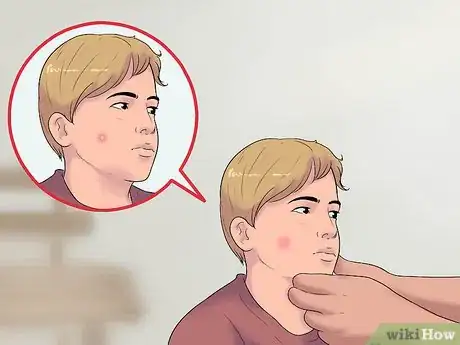

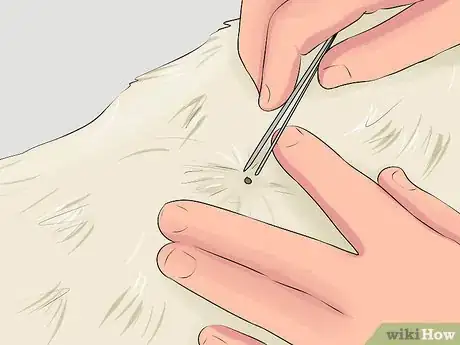




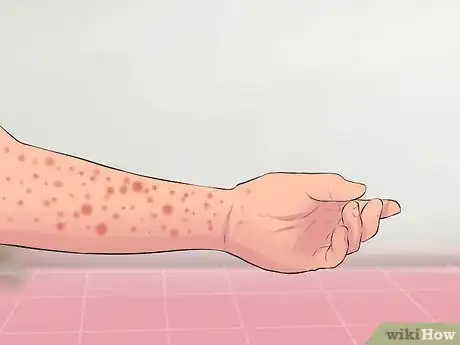
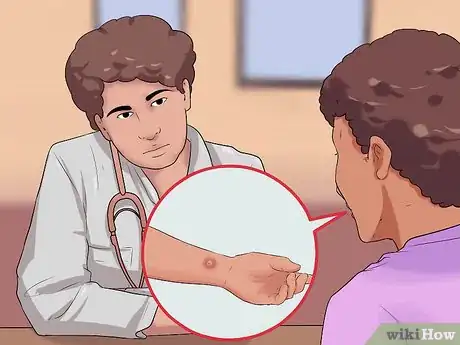
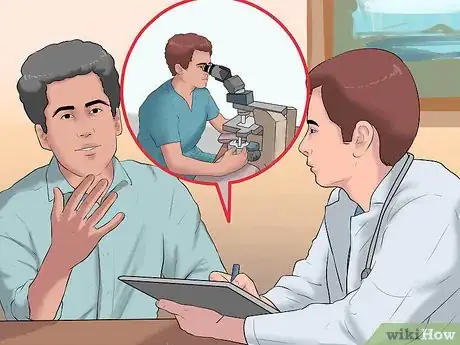
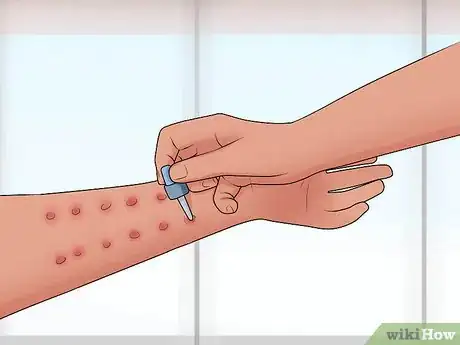
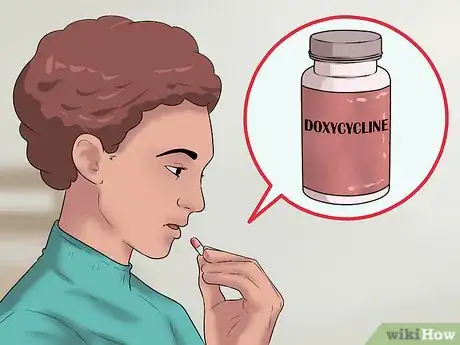






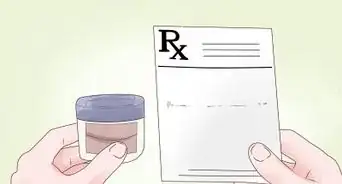


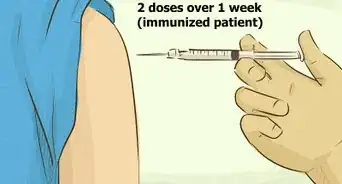
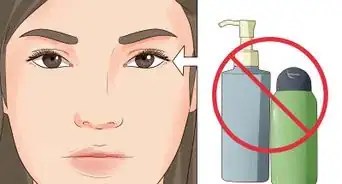
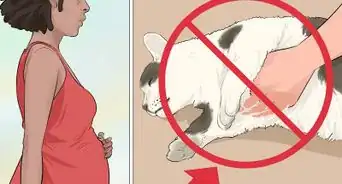









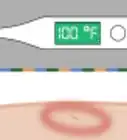






































Medical Disclaimer
The content of this article is not intended to be a substitute for professional medical advice, examination, diagnosis, or treatment. You should always contact your doctor or other qualified healthcare professional before starting, changing, or stopping any kind of health treatment.
Read More...